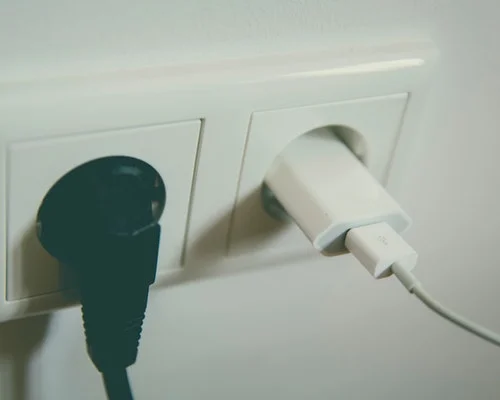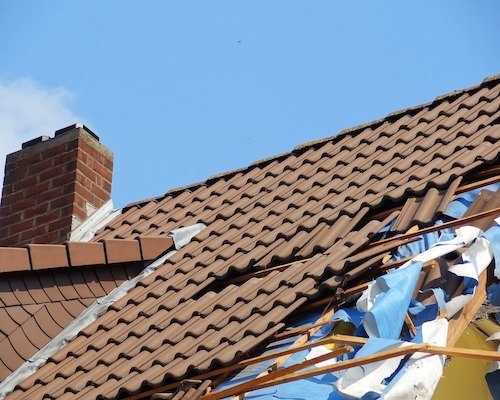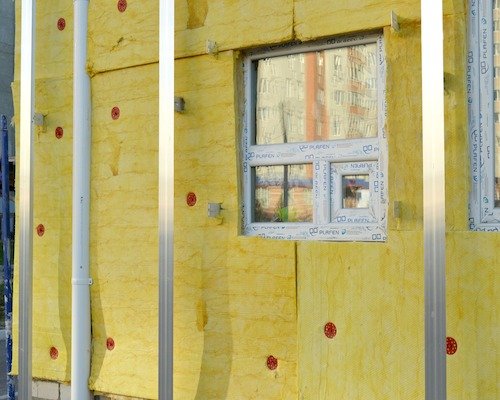You’ve probably been spending the last few weeks outside on your deck. Grilling out, watching sunsets, and just enjoying time with friends and family.
When you’re letting loved ones, neighbors, and even family pets spend so much time in a space of your home, don’t you want to be certain that it’s totally safe?
Because our decks are exposed to the elements, they can deteriorate quickly. While this sounds dreary, the upside is that with a little upkeep most deck problems are preventable or manageable.
Common Issues
According to Angie’s List, home inspectors said nearly one-third of the decks they inspected were unsafe. Make sure that your home doesn’t fall into this category by watching out for these issues.
1. Water Damage
Getting a seal done once is not enough, reapplying sealant is necessary every few years.
To test this out sprinkle some water on your deck, if it doesn’t bead up and rather soaks into the wood then you know it’s time for a new seal!
2. Rotting Wood
This is the worst case scenario for your deck. Check your posts, beams, handrails and stairs.
Regularly replace problematic boards to maintain the stability of your deck.
3. Fasteners
Do you see any exposed or rusty nails, screws, or anchors? Are they loose?
All of these are potential safety risks for the people occupying this space. Be sure to use bolts in place of nails when fastening wood to wood.
4. Gapping Boards
Many types of wood will shrink over time causing gaps in the deck. The only solution is to remove and replace.
Deck Safety
- Railings and banisters are secure, the rails are at least 36 inches high and 4 inches apart.
- Test stairs for a wobble, replace any loose ends ASAP.
- Steer clear of adding too much weight, a large Jacuzzi or too many people may not be appropriate for your deck.
- Consider netting or Plexiglas to keep children safe and avoid securing with staples as they can easily dislodge.
- Alternatively, add slats or spindles to fill in the gaps in railing.
- If you have a gate, check that the latch is out of reach for children.
- Annual inspections can ensure structural efficiency.
Hire a Professional
Many see the deck as the perfect DIY opportunity or at least an area of the home where you can save money, but hiring a professional as well as regular upkeep will save you a lot of hassle in the long run.
If you’re buying a home with a deck, be sure to ask for proof of a building permit for construction as well as a certificate of occupancy.
The best deck spaces are the ones where all of the family wants to spend their free time.
We Can Help!
Be proactive and keep these factors in mind when it comes to your deck! If you have any doubts about your deck’s structural safety or you’re buying a home with a deck, give us a call!





